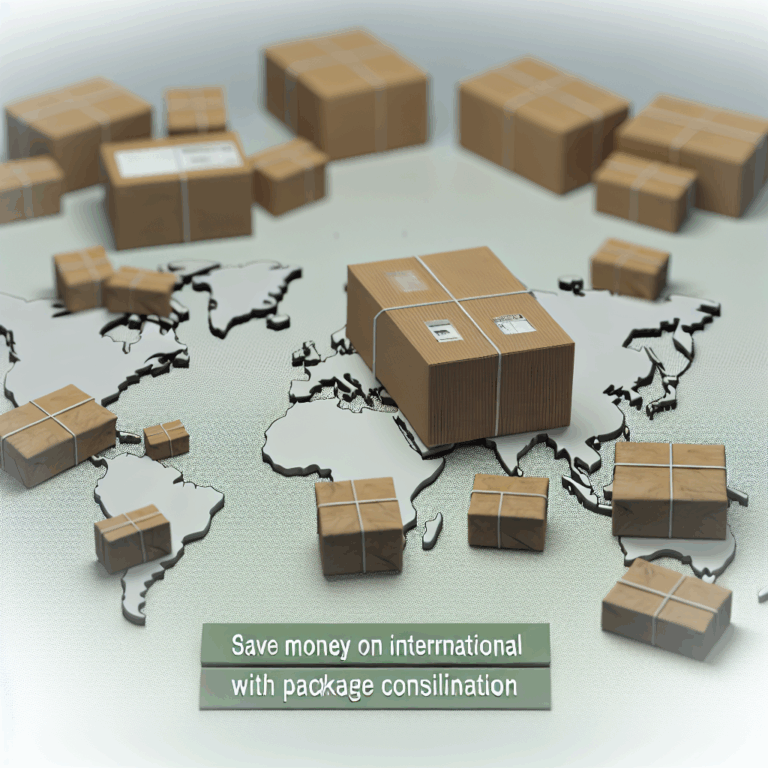Cross-border shopping has opened up a world of possibilities for consumers looking for variety, better prices, or exclusive products not available in their country. However, as enticing as it sounds, international shopping comes with its own set of complexities. In this article, we’ll dive into the top 5 challenges of cross-border shopping and offer actionable solutions to help overcome them.
Shipping Costs, Delivery Delays, and Customs Issues
One of the most common problems online shoppers face when buying from another country is excessive shipping costs. Sometimes, the cost of shipping can even exceed the price of the product itself. Additionally, delivery times are often unpredictable, especially when orders are held up at customs checkpoints.
To overcome this, look for online retailers that offer flat-rate or free international shipping. You can also take advantage of package forwarding services, which consolidate multiple purchases into a single shipment, reducing costs. Make sure to research how long shipping typically takes to your country, and select shipping methods with package tracking and delivery estimates.
Customs duties and taxes are another hidden cost many shoppers overlook. These fees vary by country and can make a seemingly affordable item unexpectedly expensive. To avoid surprises, shop from retailers that offer a ‘Delivered Duty Paid’ (DDP) option, where duties and taxes are calculated and paid upfront. Check your country’s import threshold to get a clearer idea of when fees kick in.
Payment Security, Currency Confusion, and Return Policies
Not all international websites are equipped to handle secure payments from foreign credit or debit cards. Some shoppers face transaction declines or worry about fraud when using unfamiliar platforms. To safeguard your purchases, always use reputable payment gateways such as PayPal, Apple Pay, or international credit cards that offer purchase protection.
Currency differences can also complicate things. You might think you’re getting a good deal until you realize the conversion rate added a significant amount to your bill. Use a currency conversion calculator before completing your purchase, and be aware of any international transaction fees charged by your bank or card provider.
Lastly, an often-overlooked challenge in cross-border shopping is poor or restrictive return policies. Returning an item internationally can be costly and time-consuming, and some retailers simply don’t accept returns from overseas customers. To minimize this risk, buy from stores with clearly stated international return policies and consider sticking to brands you’re already familiar with in terms of sizing and quality. Some global marketplaces also offer local return centers, making the process much easier.
Conclusion: Cross-border shopping opens up incredible opportunities to explore global marketplaces, find better deals, and discover unique products. However, it comes with challenges like high shipping costs, customs delays, currency confusion, insecure payments, and restrictive return policies. By choosing reputable retailers, understanding your country’s import rules, and using smart tools, you can navigate these hurdles and shop internationally with confidence.


